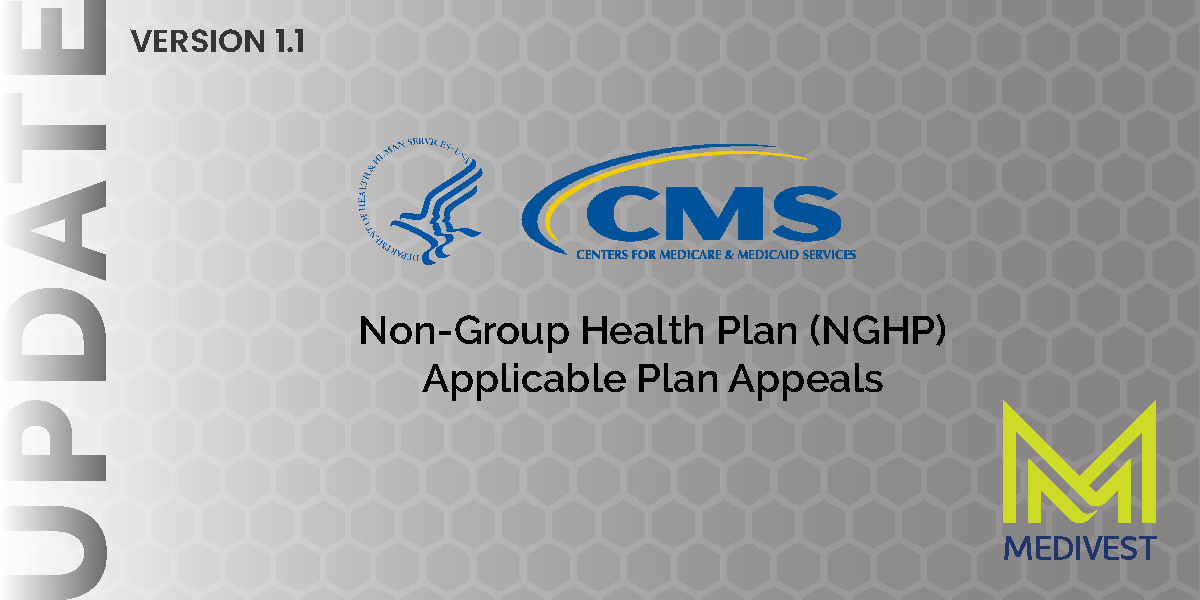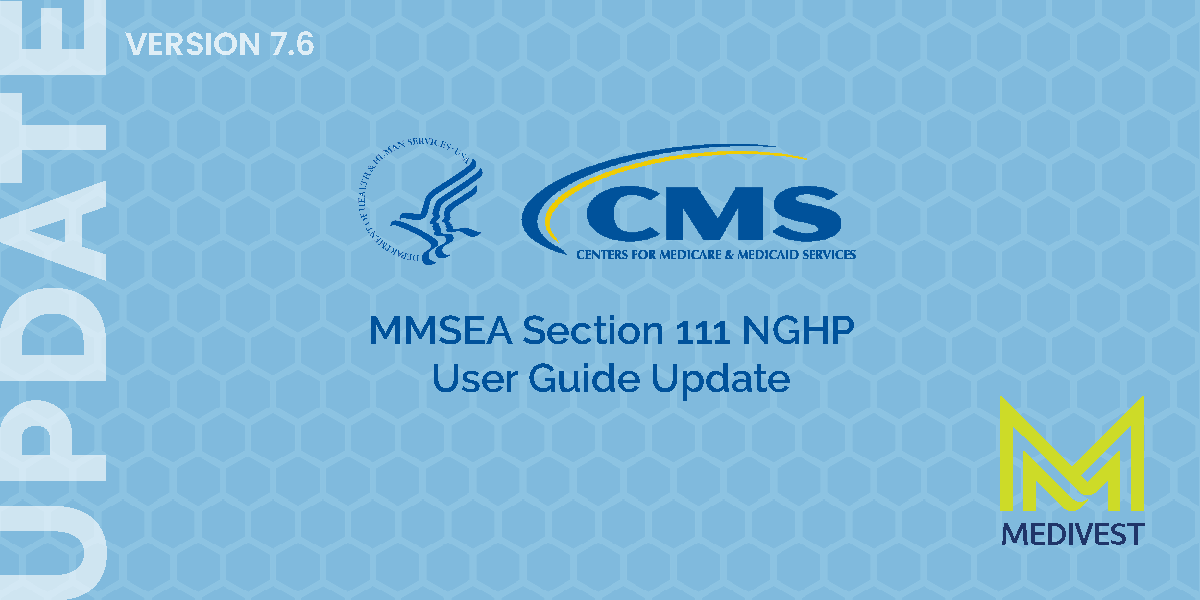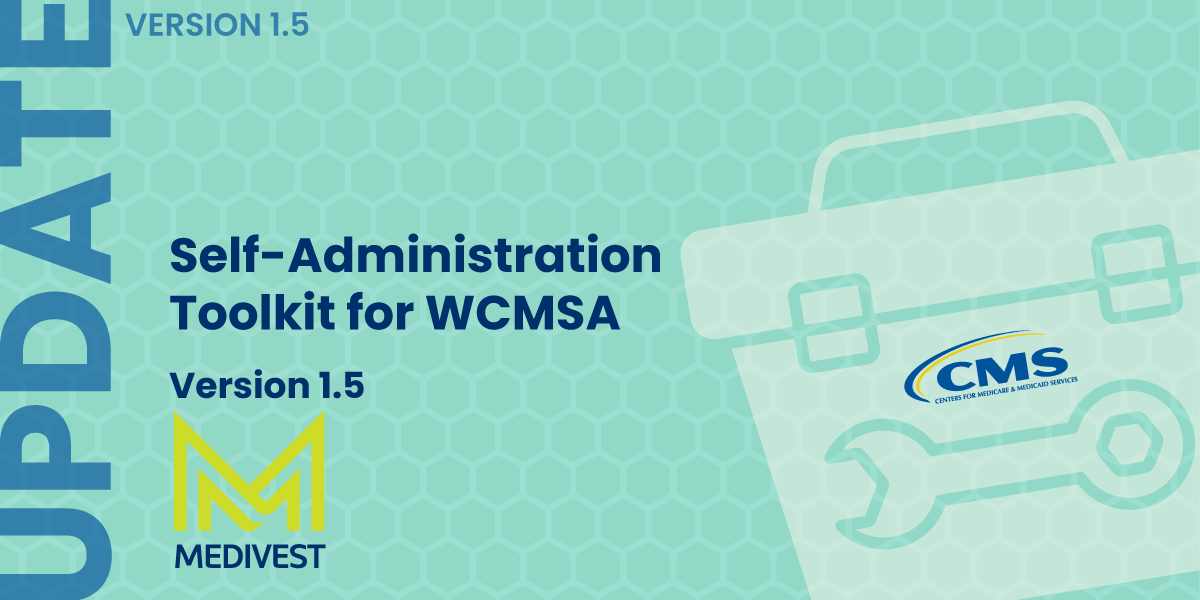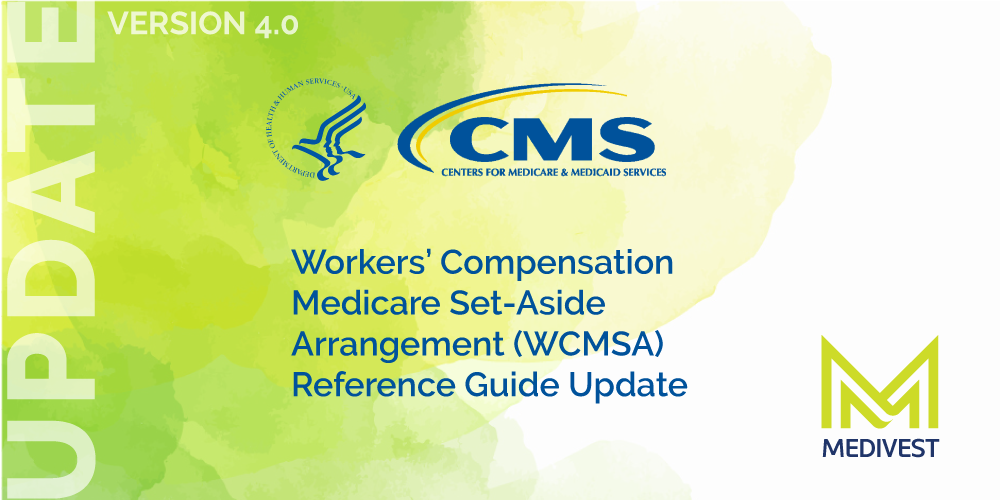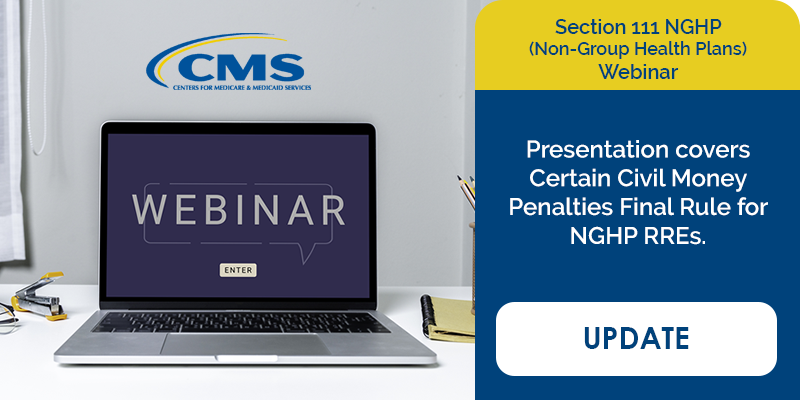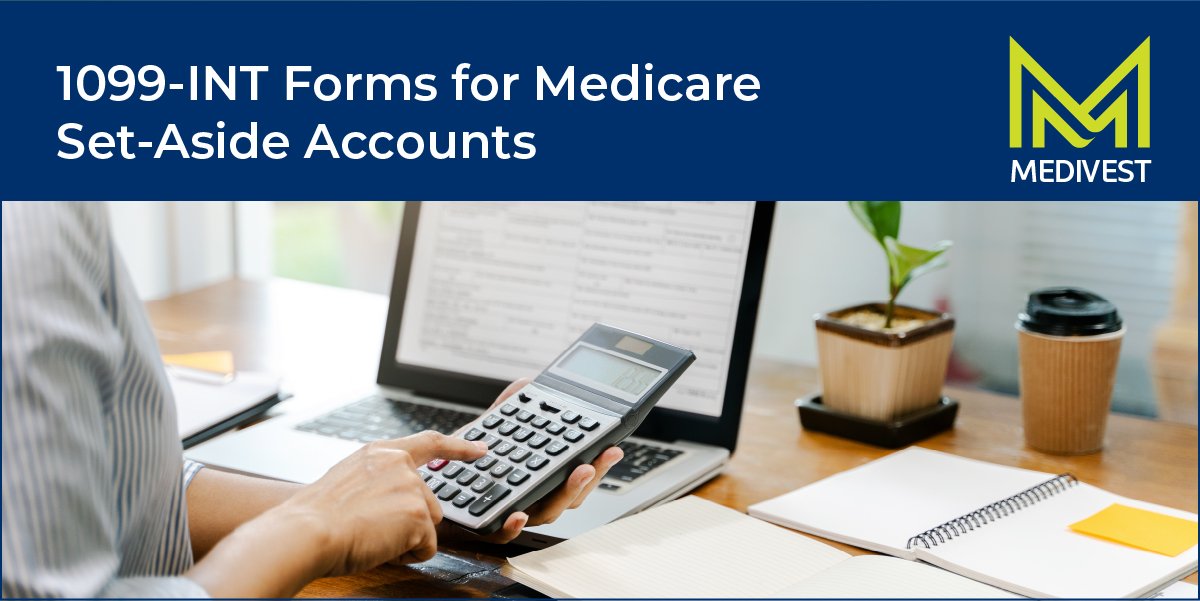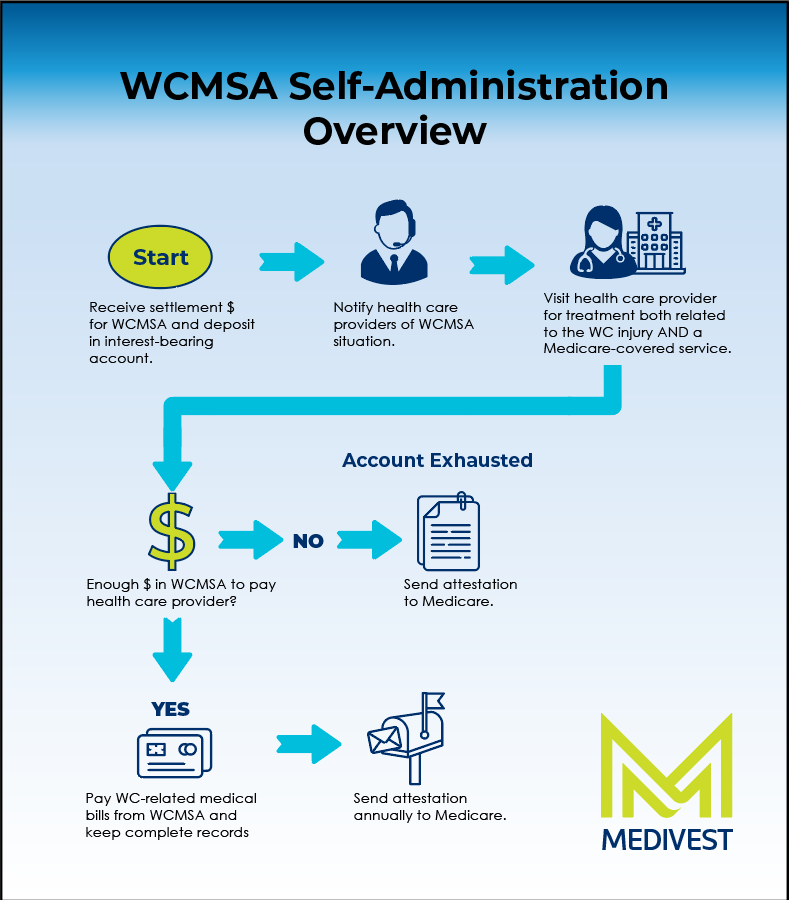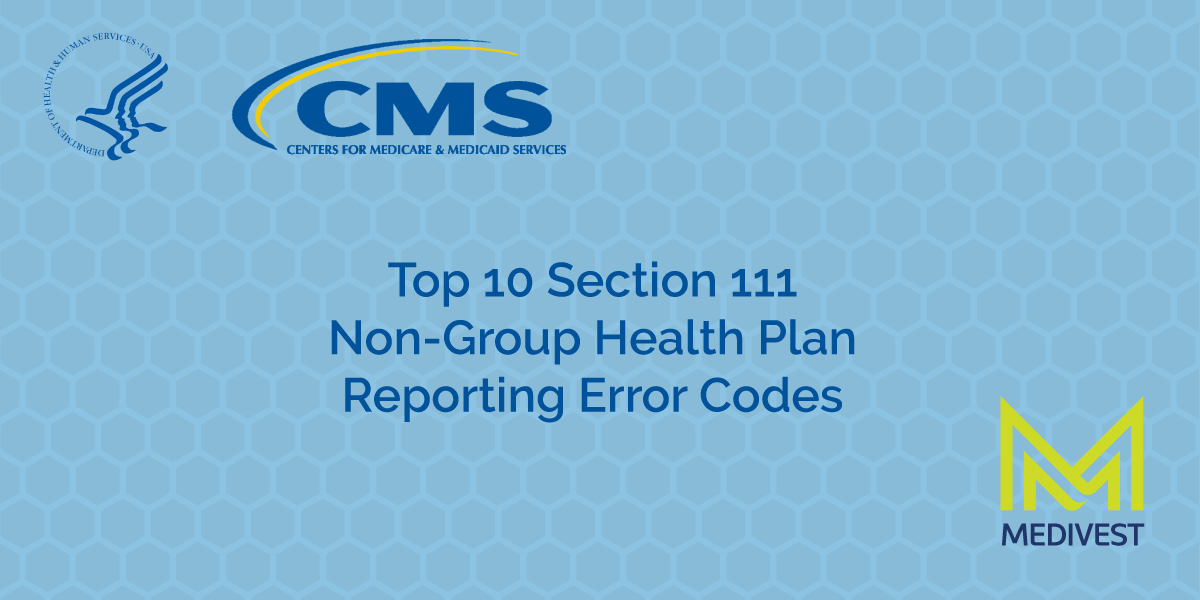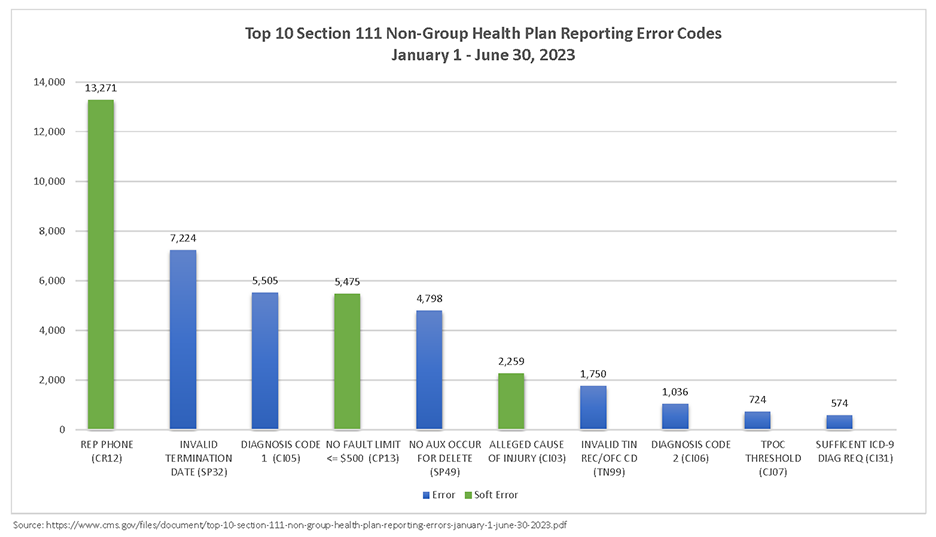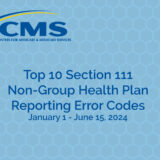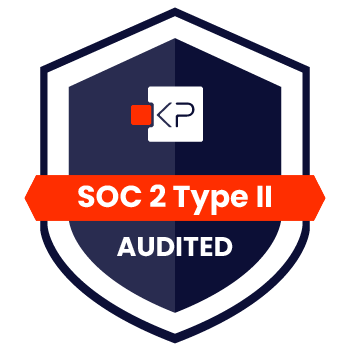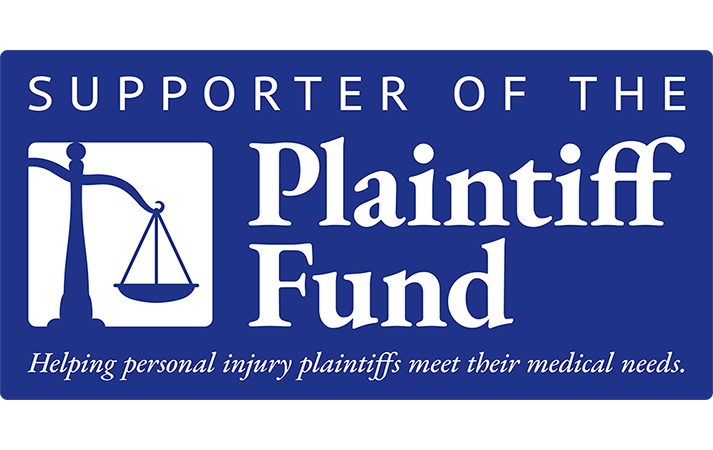On July 2, 2024, the Centers for Medicare & Medicaid Services (CMS) created the Non-Group Health Plan (NGHP) Applicable Plan Appeals Reference Guide version 1.1.
To download the NGHP Applicable Plan Appeals Reference Guide Version 1.1 by clicking here.
Summary of NGHP Applicable Plan Appeals Reference Guide Version 1.1 and the Updates
Much like how the Workers’ Compensation Medicare Set-Aside Arrangement Reference Guide focuses on the submission process for Workers’ Compensation MSA’s, this appeals reference guide seems more focused on appeals by employers’ WC plans as opposed to liability matters which would be handled by the beneficiary directly or their representatives, as it only references the Commercial Repayment Center (the “CRC”) as the entity to which to submit a first level Redetermination request. Because many of our readers inquire about Medicare lien appeals in the liability space, for liability cases, first level Redetermination requests may also be submitted via the Medicare Secondary Payer Recovery Portal (MSPRP) or the Benefits Coordination Recovery Center (“BCRC”) at P.O. Box 138832, P.O. Box 138832, Oklahoma City, OK 73113. The four step administrative appeals process prior to being able to appeal in federal District Court is similar for WC, No Fault, and liability cases but sometimes, the contractors hired by CMS to review the various stages may sometimes be different (and often are different in different parts of the country as well).
To clarify the process necessary to appeal based on the exhaustion of benefits, the list of required documentation has been updated (Section 4.1.1).
For Additional Information
Medivest will continue to monitor changes occurring at CMS and will keep its readers up to date when such changes are announced. For questions, feel free to reach out to the Medivest representative in your area by clicking here or call us direct at 877.725.2467.


